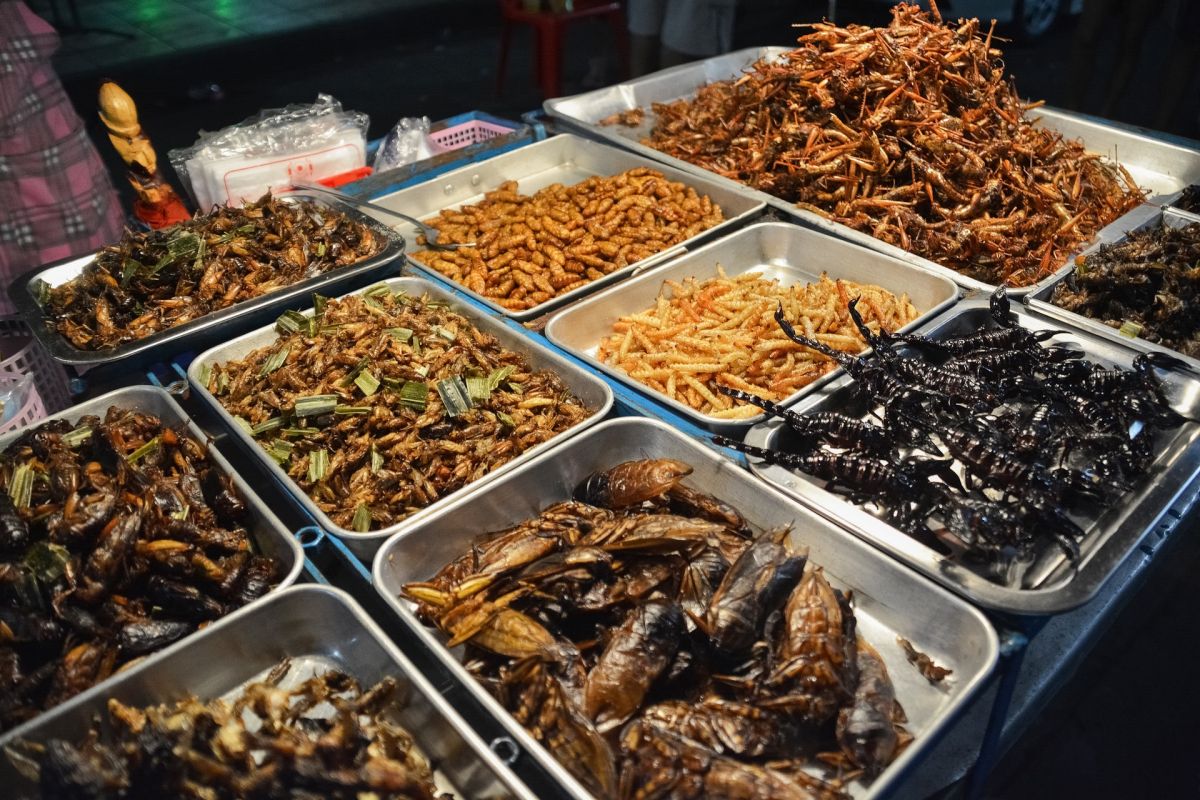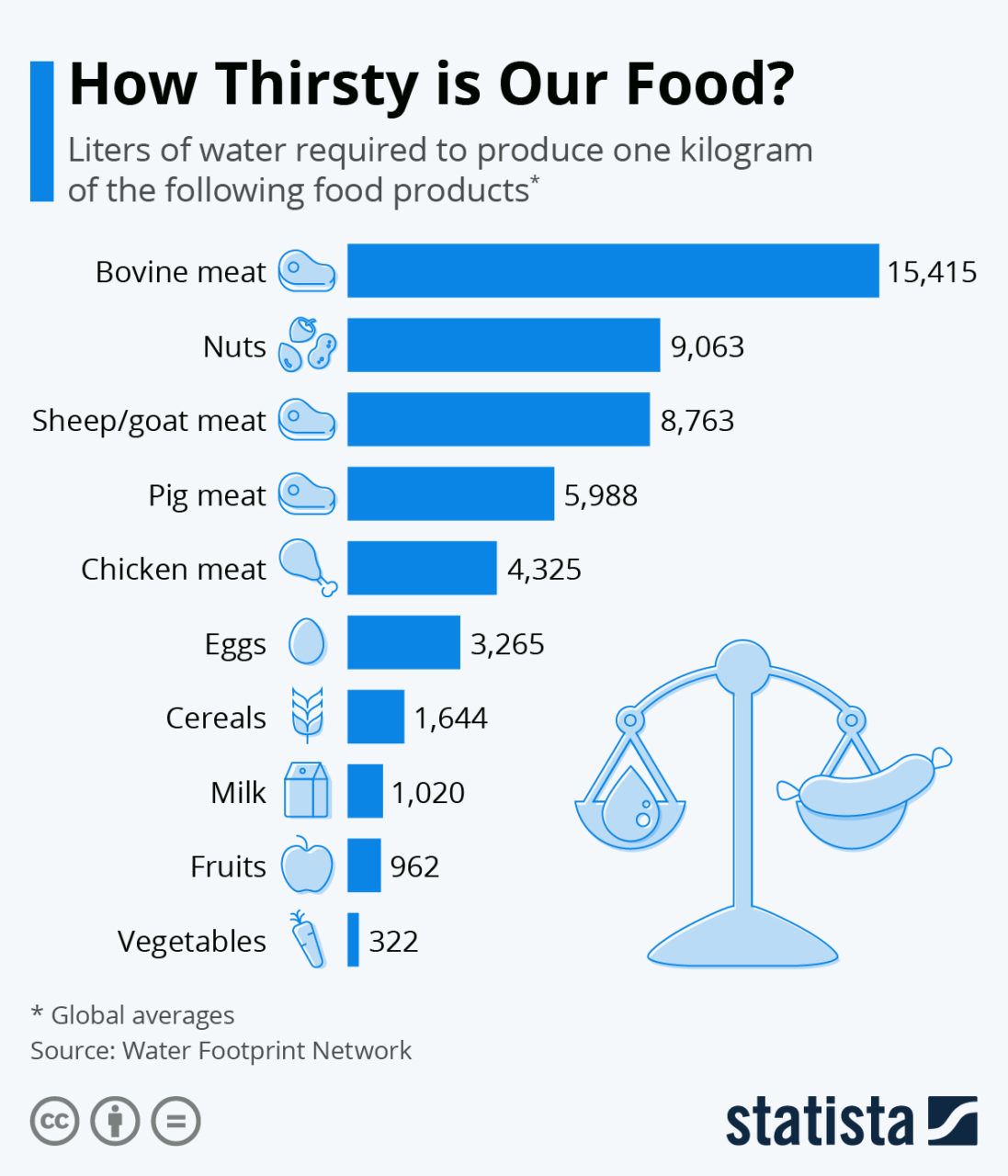Bug Grub
By Sam Bronheim

It is no secret that the current meat industry is unsustainable.
Between the vast carbon emissions, land use and water consumption required to run industrial farms, industrial meat is becoming increasingly unpopular. This is reflected by the rise in vegan diets and the abundance of meat-alternative products available in supermarkets. But it’s not enough, and to really put a stop to this devastating industry, alternative protein sources are the future for the food industry.
One surprising avenue? Insects.
Why insects?
According to the UN’s Food and Agriculture Organisation, insects on average only need around 2kg of feed to generate 1kg of mass, whereas cows require 4 times the amount of feed to produce the same amount.
Additionally, insects require less space and water than traditional livestock. They also produce much lower amounts of greenhouse gases given their size and efficient metabolisms.

From a nutrition point of view, insect protein is very high-quality in comparison to normal meat and fish. In other words, insects can easily supply sufficient protein levels to humans. Depending on the species, they can also be supplemental for particular amino acids. For example, palm weevils are rich in the amino acids lysine and leucine.
The consumption of insects, or entomophagy, is already a part of many cultures. Especially in Asia, Africa, and South America. This is mainly because many cultures in these regions depend on shared knowledge from ancestors or indigenous communities. The locals have a deep understanding of their environment and what organisms are edible, and perhaps more importantly, what specific nutrition they can provide.
Insect protein: tough to swallow
Switching to insect-based protein doesn’t just mean eating whole insects. I think most people would agree that having something with six legs curled up on your plate might not be the most appetising image. Luckily for us, that’s only one way of consuming them.
Crushed or powdered insects can be incorporated into foods we already know and love, like pasta sauce. This wouldn’t take away from the food at all but would increase their protein content without needing a meat supplement.
Of course, there’s always the option of “disguising” the insects in the way many vegetarian or vegan products do, by mimicking familiar meat products.
But personally, I would happily snack on a bag of crunchy, salted crickets with my next meal deal.
Are we there yet?
In May of this year, the EU voted to approve yellow mealworms as suitable and safe food for human consumption. This is a huge step in the right direction for both investment and development in the area, and for improving social perception.
For the moment, existing edible-insect companies cannot compete with the scale of the meat industry, but with advancing legislation and social acceptance there is no reason why insects can’t be the next big thing for our diets.







